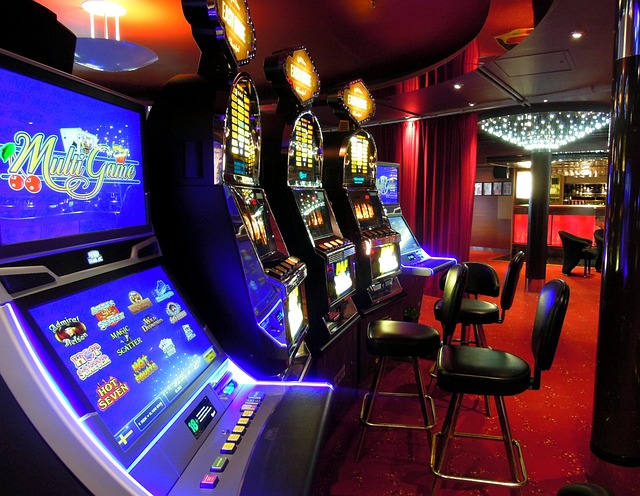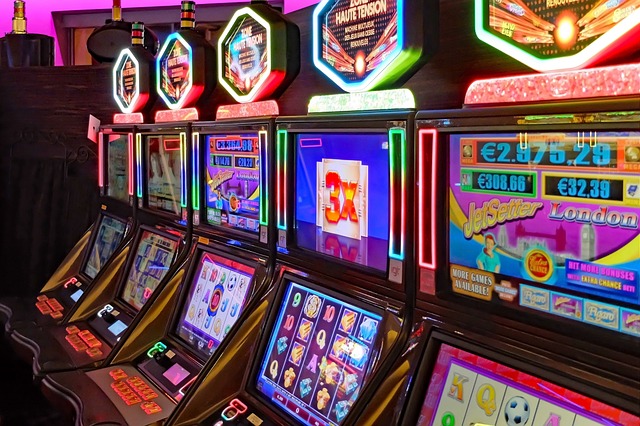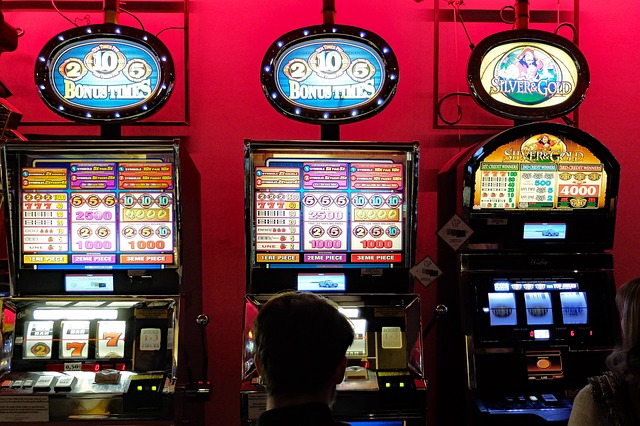When looking for a slot game to play, many players immediately check the RTP (Return to Player) percentage—and for good reason. A higher RTP suggests a better long-term return, right? While that’s true in theory, RTP alone doesn’t tell the whole story. If you’ve ever played a high-RTP slot and still lost quickly, you’re not alone. There are several other key elements that impact your gameplay, experience, and payout potential. In this article, we’ll break down why RTP isn’t the only factor that matters and what else you should consider before spinning the reels.
What RTP Really Means (And Doesn’t Mean)
RTP is a theoretical percentage that indicates how much of the money wagered on a slot is paid back to players over time. For example, a game with a 96% RTP will, on average, return €96 for every €100 wagered.
What it does tell you:
- General payout expectation over a large number of spins
- A rough measure of the game’s player-friendliness
- Useful for comparing games on paper
What it doesn’t tell you:
- How often you’ll win
- How big your wins will be
- How the game feels during short sessions
In reality, RTP is long-term math, and most players never reach the hundreds of thousands of spins required for it to average out.
Volatility: The Missing Piece of the Puzzle

Volatility (also known as variance) refers to how frequently and how much a slot pays out.
Low volatility:
- Frequent, smaller wins
- Ideal for casual or budget players
- More predictable sessions
High volatility:
- Rare, large payouts
- Higher risk, higher reward
- Better for thrill-seekers and jackpot hunters
You could have two slots with identical 96% RTPs, but one pays tiny wins every few spins, and the other pays massive jackpots after long dry spells. RTP won’t tell you this—volatility will.
Hit Frequency and Game Pace
Another critical factor is hit frequency—how often the game produces a winning spin, regardless of payout size.
Why it matters:
- A game with high hit frequency can feel more rewarding, even if the wins are small
- Low hit frequency games may feel “cold,” causing players to quit early
- Influences bankroll longevity and player engagement
Combined with game pace (fast-spinning reels, cascading symbols, turbo mode), hit frequency affects how fun and sustainable the experience is—again, not reflected in the RTP.
Bonus Features and Win Potential
Bonus rounds, free spins, multipliers, wild mechanics, and progressive jackpots add another layer of complexity to any slot.
Consider:
- Does the game offer big win potential in bonus rounds?
- How easy is it to trigger features?
- Are there in-game mechanics (like expanding wilds or retriggers) that boost your chances?
Some games front-load most of their RTP into bonus rounds, meaning the base game can feel dry, but the bonus is explosive. Others spread wins more evenly.
Understanding the game mechanics and bonus structure helps you know what kind of ride to expect.
So… Should You Ignore RTP?

Not at all—RTP still matters. It’s a useful benchmark when comparing games and gives a general idea of fairness. But relying on RTP alone to choose a slot can lead to disappointment.
To make smarter choices, consider:
- RTP in combination with volatility and hit frequency
- The game’s features and win potential
- Your own playstyle and risk tolerance
A 94% slot with exciting bonuses might suit you better than a 97% slot that plays flat.
Conclusion: Look at the Whole Picture
RTP is important, but it’s just one part of a much bigger equation. If you want to truly enjoy your slot experience—and give yourself the best chance of success—you need to look at volatility, features, game design, and how the slot fits your goals.
Next time you’re choosing a game, don’t just ask “What’s the RTP?” Ask, “How does this game play?”
